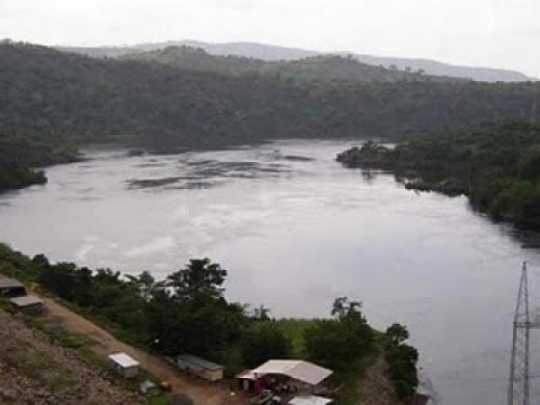The Ghana Water Company Limited (GWCL) in the Northern region has announced a planned shutdown of the treatment plant if the water levels in the White Volta does not improve.
The Communications officer of the company, Nii Abbey told Citi News that the level of the river had reached an alarming 3.5 feet from a maximum of 38 feet.
He said residents who depend on water from the treatment plant might find themselves in a tough situation if there is no rainfall in the coming days.
He lamented that a huge volume of water from the White Volta was being lost through human activities and pollution.
“As at Thursday 24th of May, 2018, it was 3.5 feet. The minimum is 2 feet and what it means is that, if it gets to 2 feet, we may not be able to extract and treat water for production. From 38 feet to 3.5 feet, that should tell you the volumes of water we have lost as a result of evaporation, pollution, and human activities on the river,” he said.

Nii Abbey further said, “As we speak, we expect heavy rains within the catchment areas and that is what will help us to be able to have enough volumes of water so we will be able to extract more water and produce but currently as it is, if we don’t get the rains in the coming days, we may be compelled to shut down the plant.”
The Ghana Water Company Limited (GWCL) in the Northern Region has for some time been battling with illegal human activities that pollute the White Volta.
In February 2018, the Managing Director of GWCL, Dr Clifford Braimah announced that the company planned to engage national security operatives to stop sand winning activities around the banks of the Nawuni River (White Volta River) in the Kumbungu district of the Northern Region which was affecting the operations of the water treatment plant.

He said the GWCL could no longer tolerate the activities of recalcitrant sand winners around the banks of the White Volta.
The uncontrolled sand winning activities overtime has destroyed farmlands and the ecosystem along the river banks.
As a result, the depth of the river has drastically reduced over the years due to silts which have hindered its water holding ability.
The silting of the river is threatening its future capacity to supply the required volumes of water supply to over 500,000 residents of five districts in the Northern Region.
The shallowness of the river has also resulted in perennial flooding of communities along its banks which sometimes lead to loss of lives and property.
Meanwhile, upgrading of the Yendi and Damongo water projects will commence by mid-2018.


Comments are closed.